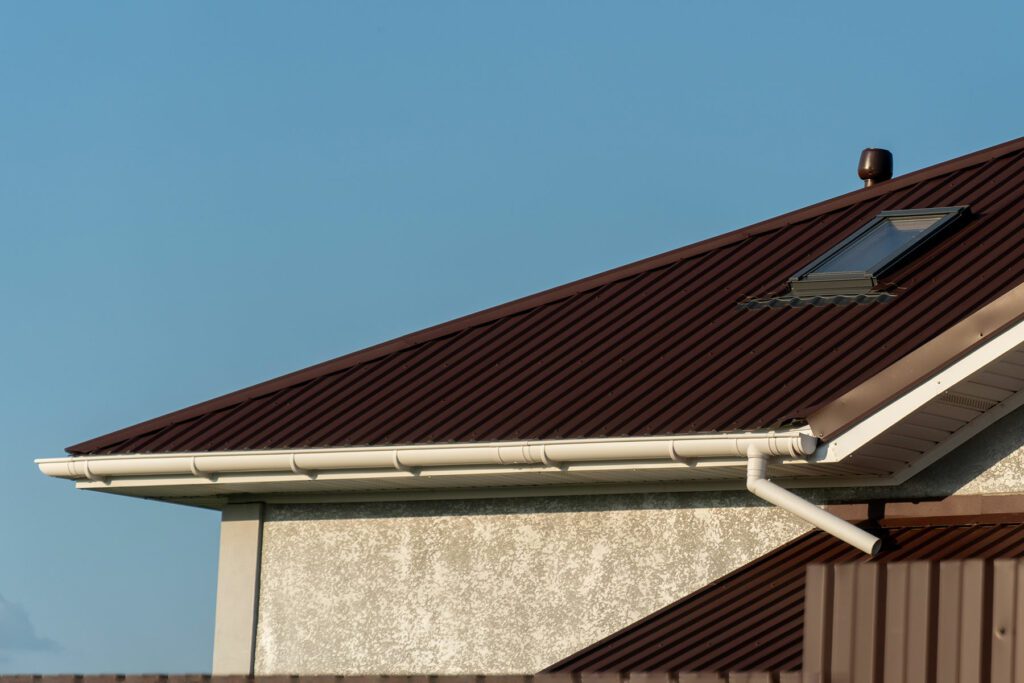Author
It is estimated that 10 – 15% of properties in England and Wales are connected to private drainage and not connected to drainage provided by the local water authority. Almost all of these properties are rural where it is not cost effective for the water authority to connect a property to the mains, however it is possible for new-build properties in urban areas to be connected to private drainage if the local drainage infrastructure does not have capacity for the new-build properties. Due to be based in the South West of England and dealing with a significant number of rural properties, we would estimate that approximately 25 – 30% of the properties that we see involve a private drainage system of some type.
There are three main types of private drainage system:
- Cesspit (the least popular type) which is literally a containment of all waste products which needs to be emptied on a regular basis to prevent overflowing. It is a closed system in that there should be no discharge at all from this system. Timescales for emptying will depend on the volume of the cesspit vs the number of people in the property/ies that it serves but on average it would be common to have to have a cesspit emptied every month or 2,
- Septic tank is an underground container. The tank holds waste products long enough for the solids to settle into sludge at the bottom of the tank while liquids can then drain away. Because liquid waste drains away, septic tanks do not need to be emptied as often since it is only the sludge that needs to be removed. Again, depending on the volume of the tank vs the number of people using it, timescales will vary, but on average a septic tank should be emptied every 1-2 years.
- Sewage treatment plant. The tank cleans the waste product that enters it, so that all waste is broken down to remove all harmful components and clean water is discharged from the plant, removing the need for it to be emptied, although servicing may still be required.
Since 1 January 2015, it has been necessary to obtain building regulations approval for the installation of any private drainage system. The installation of a new system is likely to need planning permission, but the replacement of an existing system may not need planning permission. It would be advisable to check the position with the local authority to establish whether planning permission for a replacement system is required in any given situation.
Since 1 January 2020, it is no longer permitted to connect new septic tanks to drain to watercourses. Any new septic tank system must drain to the ground. Any septic tanks which drained to watercourses need to either have their discharge changed to drain to ground or be replaced with a sewage treatment plant. While all non-compliant drainage systems should have been updated by now, given that the new rules have been in place for over 5 years, in our experience, there are still a number of non-compliant systems in use and the need for this to be resolved still sometimes comes up in conveyancing transactions. It is preferable for a seller to update the drainage system, preferably before putting their property on the market, but certainly before contracts are exchanged.
The Environment Agency have issued general binding rules which have drastically changed the position regarding private drainage over recent years. The rules are different depending on whether the private drainage system drains to a watercourse (such as a nearby stream or river) or drains to ground (such as into your garden or a field) and when the discharge started and are aimed at preventing contamination which could occur to areas near private drainage systems.
The general binding rules can be found on the government website and may be updated in the future. This article reflects the position regarding the rules in place as at 04 July 2025. Please note that there may be additional binding rules depending on when the drainage system was installed.
General binding rules for small sewage discharges (SSDs) with effect from 2 October 2023 – GOV.UK
If all the relevant general binding rules are complied with and can be evidenced, then there is no need to obtain a consent to discharge from the Environment Agency.
If the discharge, or planned discharge does not comply with the relevant general binding rules and it cannot be connected to a mains sewer, then either the treatment system must be changed in order to comply, or there needs to be an application to the Environment Agency for a permit to discharge.
The application for a permit to discharge needs to show:
- That it is not reasonable to connect to the public foul sewer
- That the private drainage system does not meet the general binding rules
- That the private drainage system cannot be changed to meet the general binding rules.
The application fee for a domestic household to discharge up to 5 cubic metres per day is £125.00. Higher fees apply to commercial premises and there may also be an annual fee payable for non-domestic households.
It is a breach of the law to operate a drainage system without a permit when there should be one. The Environment Agency can impose significant fines and even prosecute offenders.
Purchasing a property with a private drainage system
Private drainage systems can serve just one property or a number of properties. They can be located within the boundaries of the property that they serve, or can be located on neighbouring land.
If neighbouring properties are involved (either because the drainage system is shared or because part of the drainage system or soakaways are located on neighbouring land) it is important that the title to the Property contains the necessary rights to access the neighbouring land to avoid issues with drainage, accessing the system to empty it, or other properties contributing towards repairs, maintenance and replacement.
The Property Information Form does not contain many enquiries regarding private drainage systems, and given that the principle in conveyancing in England and Wales is ‘buyer beware’ it is important that solicitors acting for the purchaser raise enquiries to understand the position regarding the private drainage system and how it complies with the relevant legislation. That being said, there are many intricacies with operating a private drainage system, and purchasers should ensure that they obtain a survey by a suitably qualified and experienced private drainage specialist so that they can be satisfied that the private drainage system serving the property that they are purchasing complies with the laws, is working satisfactorily and will not lead to a large repair bill following completion.


